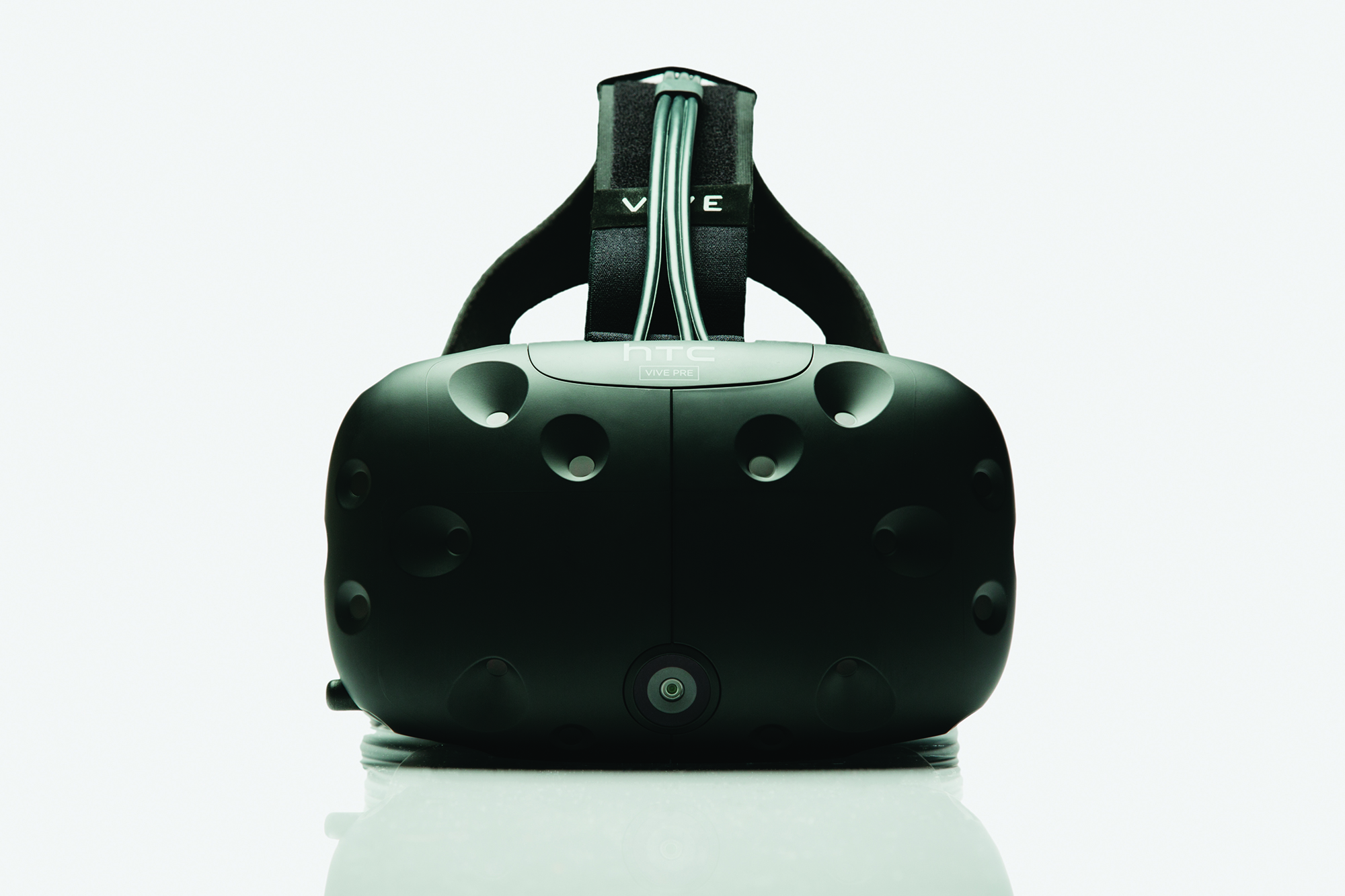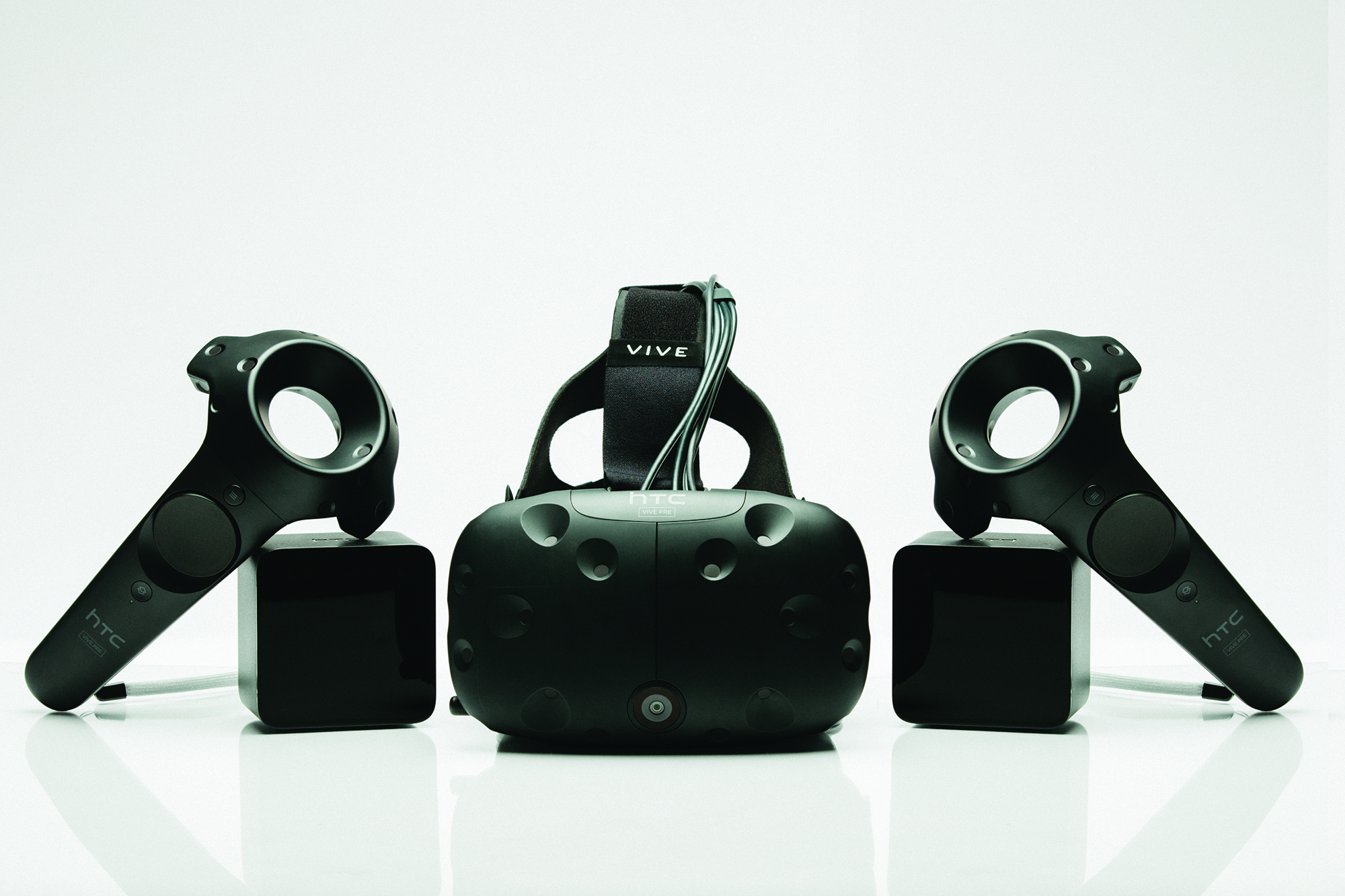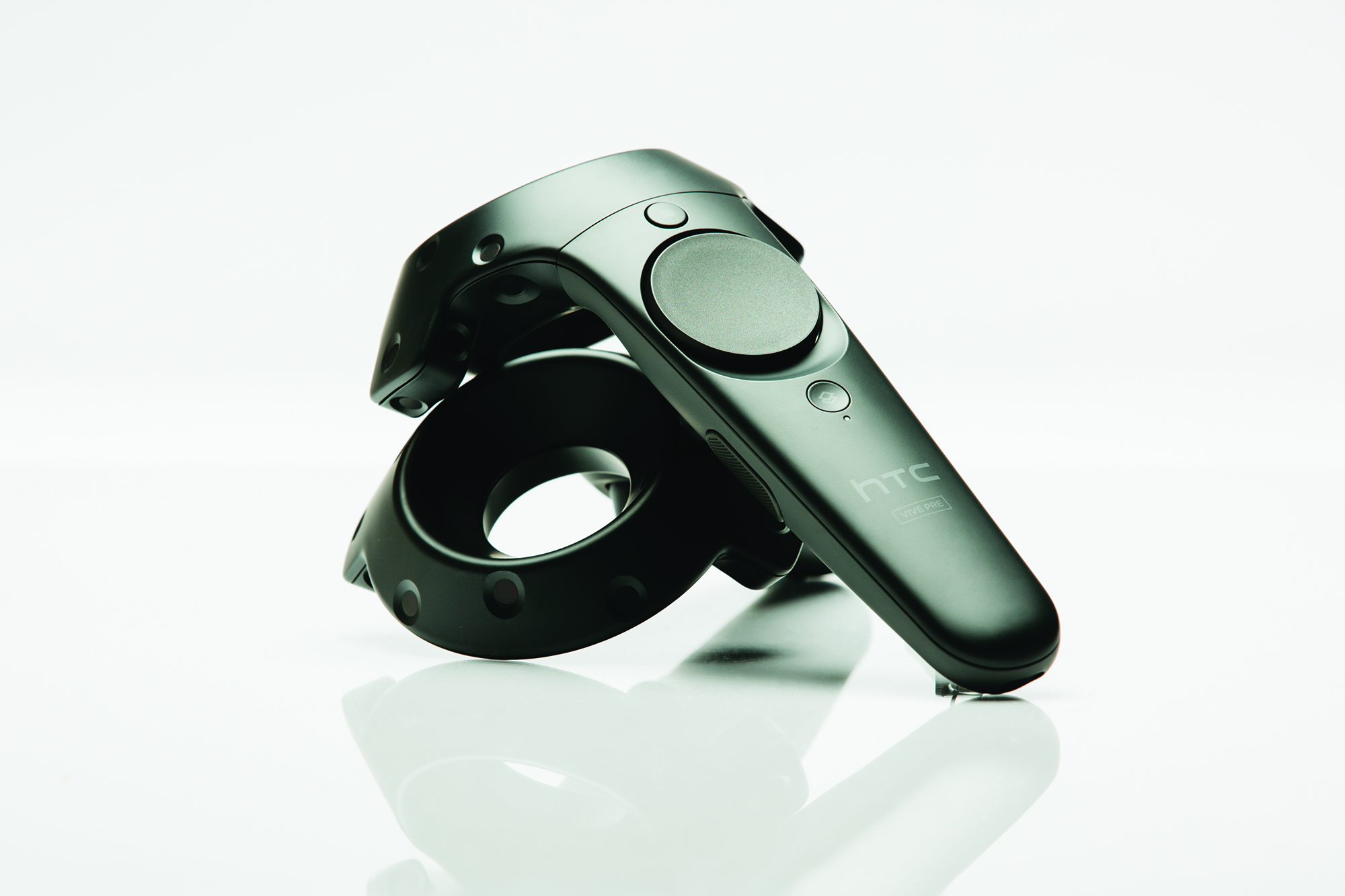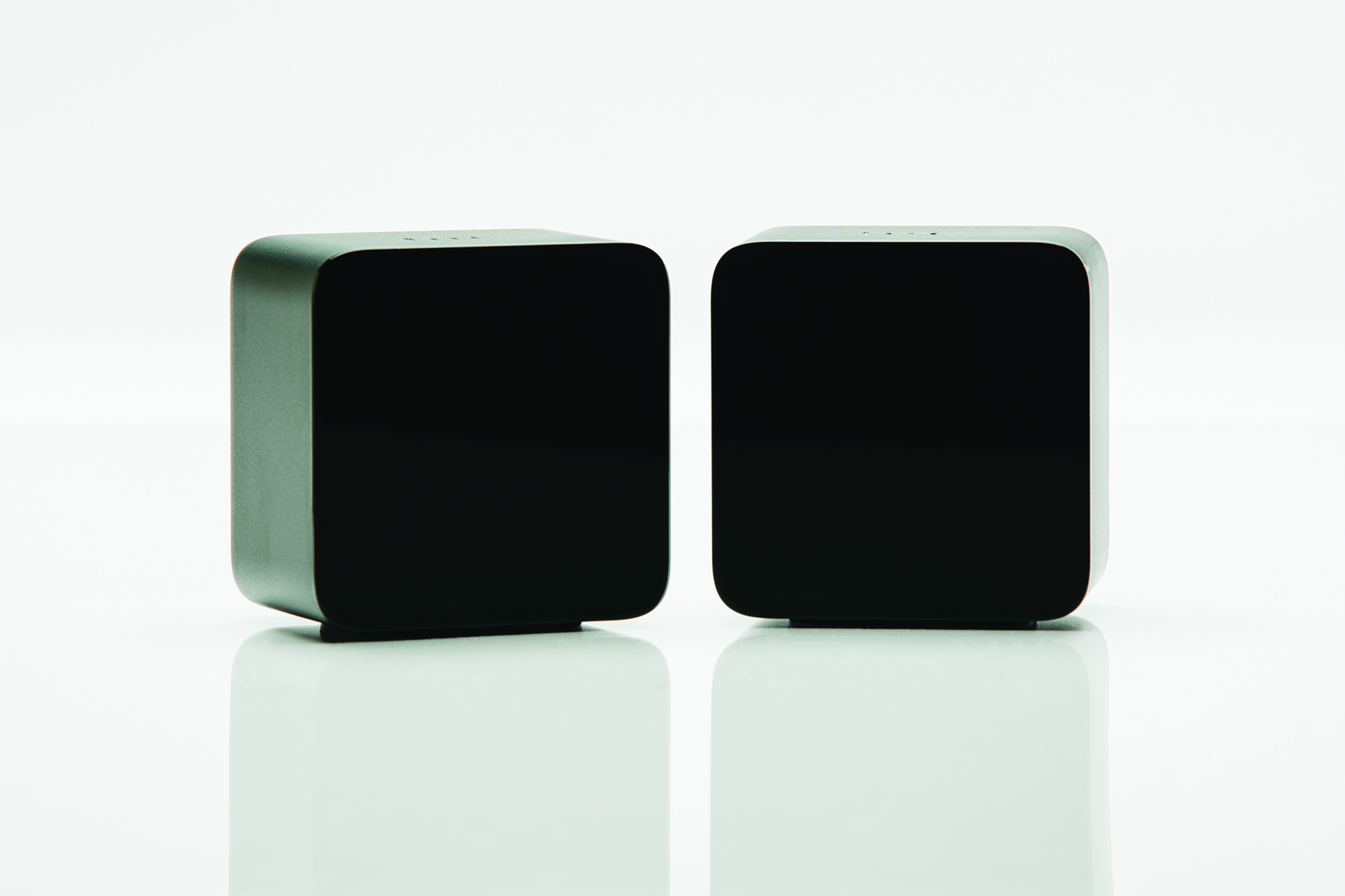
HTC and Valve have been touting plans to announce a “very big technological breakthrough” related to VR at CES 2016 for a number of weeks, and now and it looks like we finally know what the the companies have been working on, the Vive Pre.
HTC says that the Vive Pre is the second-generation developer edition of its upcoming HTC Vive headset. HTC and Valve claim almost every component featured in the Vive has been redesigned from the ground up to provide what it describes as improved “comfort, ergonomics, and performance.” Furthermore, HTC says that it has made significant improvements in terms of visual fidelity, although it’s unclear what the company has actually changed when it comes Vive’s 1080 x 1200 resolution two-screen display. Early impressions indicate HTC has removed the “mura” – a processing layer that blurs the image but is also necessary to create a VR image – in order to create a brighter, more vivid display.

“When we first announced Vive ten months ago we had an ambitious goal of fundamentally changing the way people communicate and interact with the world – forever,” said Cher Wang, chairwoman and CEO of HTC in a statement issued to MobileSyrup.
In terms of specific hardware improvements, the Vive Pre looks slightly more compact when compared to its predecessor and features a new strap HTC says will give the user greater stability and balance when wearing the device. Perhaps most interestingly, the VR headset also now features a front-facing camera, giving the wearer a view of the real world around them. The camera seems set to work very similarly to the Gear VR’s pass-through camera – an easy to use toggle that shifts the headset’s virtual world to a live camera video feed. The camera reportedly has the ability to map 3D space in a way that operates similarly to Microsoft’s augmented reality HoloLens headset, but early demos reportedly don’t take advantage of the feature beyond SteamVR’s room mapping Chaperone system.

Borrowing yet another feature from Samsung’s Gear VR, the Vive Pre now features interchangeable foam inserts and nose gaskets, allowing the headset’s lining to be easily changed. This feature is often an oversight when it comes to the various upcoming VR headsets set to be released over the course of 2016. While it may seem like a minor issue, ensuring the headset isn’t drenched in the sweat of its previous wearer is integral to offering an enjoyable VR experience, especially on a busy convention centre show floor.
“Since then Vive has received a phenomenally positive reception from media, industry commentators, consumers, and the hundreds of partners and brands we’ve been working with to deliver inspiring and dynamic VR content. For too long, the promise of virtual reality has been little more than a promise. Today we stand on the precipice of a new era. Vive is creating a world where the only limit is human imagination,” continued Wang in her statement.

HTC says that it has also revamped the Vive’s controllers and updated their design with softer edges, textured buttons and new grip pads, all in an effort to ensure the headset’s controllers feel more comfortable in the user’s hands. While the Vive’s original controller design felt responsive, the gamepad’s weren’t ergonomic or comfortable to hold. A subtle redesign is a welcome change to the Vive’s two motion-based gamepads.
The Vive Pre’s redesigned controllers now feature integrated rechargeable lithium polymer batteries and micro-USB charging. The gamepad’s runtime measures in at four hours on a single charge. Finally, HTC says that the Vive’s base stations have been redesigned to be more compact, quieter and also feature improved tracking.
What’s interesting about the Vive Pre is that it’s a product that’s set to only exist for a few months with the Vive’s consumer launch looming on the horizon. HTC says that yet that the company plans to make further hardware changes to the HTC Vive before the device’s final consumer release.
At CES 2016, HTC claims to have plans to show off content partnerships with 15 different companies, including Audi, which has plans to offer a VR retail experience that allows the wearer to explore cars in virtual reality, as well as a partnership with Dassault Systems.
HTC says that the consumer version of the Vive is still set for an April 2016 launch. The company plans to produce an additional 7,000 developer units in early 2016.

Early in December, HTC announced plans to delay the Vive to an April 2016 release date. Earlier this week Facebook-owned Oculus revealed that the company plans to open Oculus Rift pre-orders on January 6th, although a final price point for the headset has still not been revealed.
Related reading: Tête-à-Tête: HTC Vive vs. PlayStation VR – Which VR headset is more impressive?
MobileSyrup may earn a commission from purchases made via our links, which helps fund the journalism we provide free on our website. These links do not influence our editorial content. Support us here.


